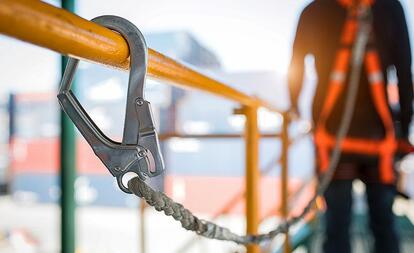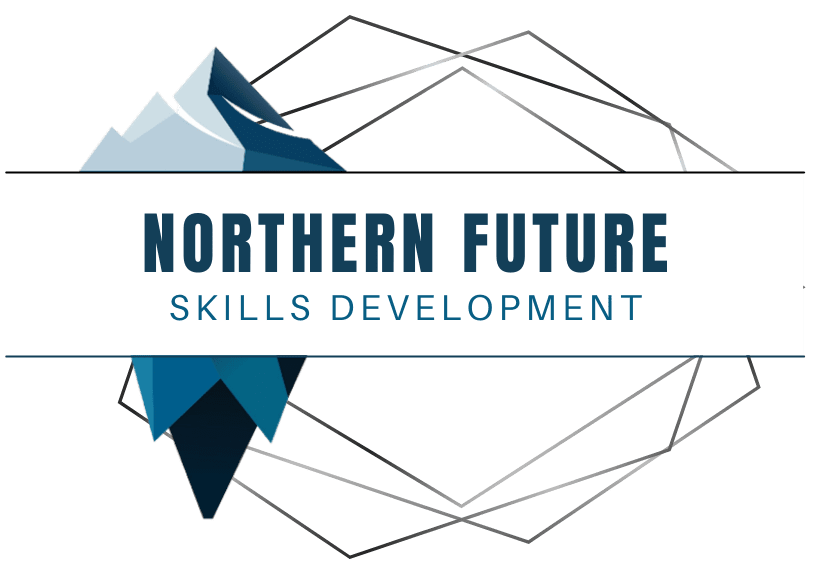Pre-Employment Courses
Fall Arrest
The Fall Arrest course is designed to educate individuals on working safely at heights and preventing falls. It provides participants with knowledge about fall protection equipment, proper usage, and maintenance. The goal is to ensure that individuals working in elevated or potentially hazardous environments have the necessary skills and understanding to protect themselves from fall-related accidents.
Here are the key components typically covered in a Fall Arrest course:
Understanding fall hazards: Participants learn about the different types of fall hazards, including unprotected edges, openings, and unstable surfaces. They gain an understanding of the risks associated with working at heights and the potential consequences of falls.
Fall protection systems: The course covers various fall protection systems and equipment, such as personal fall arrest systems (PFAS), guardrails, safety nets, and work positioning systems. Participants learn about the components, limitations, and proper usage of each system.
Proper fitting and inspection of equipment: Participants are taught how to properly fit and adjust fall protection equipment, including full-body harnesses, lanyards, connectors, and anchor points. They learn how to conduct pre-use inspections to ensure the equipment is in good working condition.
Proper use of fall protection equipment: Participants learn the correct techniques for using fall protection equipment. This includes how to don and doff a full-body harness, how to connect and disconnect from anchor points, and how to use energy-absorbing lanyards and self-retracting lifelines.
Fall rescue procedures: The course may cover basic fall rescue procedures, including techniques for self-rescue and assisted rescue. Participants learn about the importance of prompt rescue and the potential risks associated with suspension trauma.
Responsibilities and regulations: Participants gain an understanding of their responsibilities as workers, as well as the employer's responsibilities in providing a safe work environment. The course typically covers relevant regulations and standards related to fall protection, such as local occupational health and safety legislation.
Hazard assessment and control: Participants learn how to assess fall hazards in the workplace and implement appropriate control measures. This includes identifying potential fall hazards, selecting and using the correct fall protection equipment, and establishing safe work procedures.
Maintenance and care of equipment: The course emphasizes the importance of regular inspection, maintenance, and care of fall protection equipment. Participants learn how to recognize signs of wear and damage and understand when to retire and replace equipment.
By completing a Fall Arrest course, individuals gain the necessary knowledge and skills to work safely at heights and prevent fall-related accidents. This training helps create a safer work environment and reduces the risk of injuries or fatalities resulting from falls. It is essential to ensure that individuals regularly update their training and follow the specific guidelines and regulations set forth by their workplace and local authorities.

